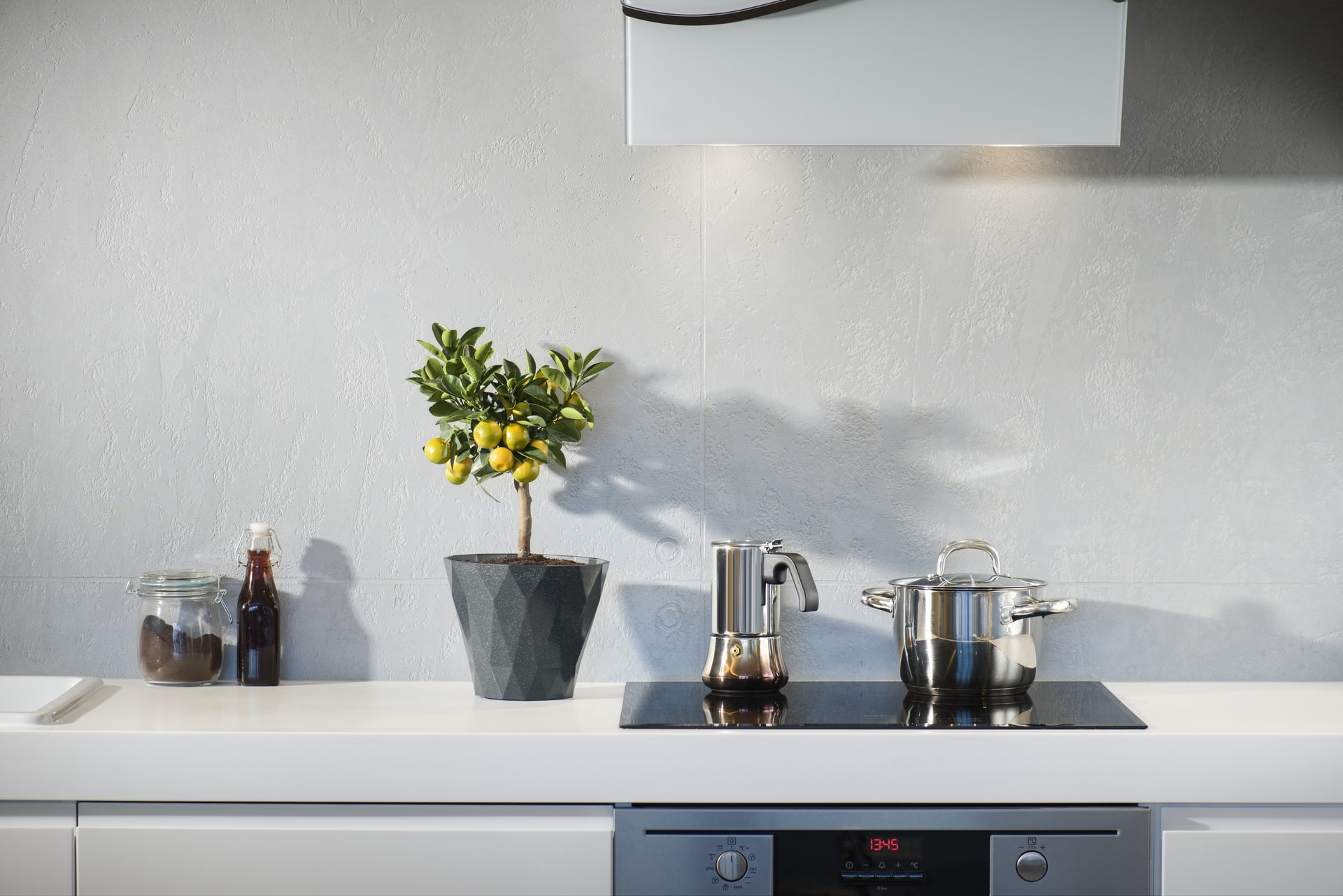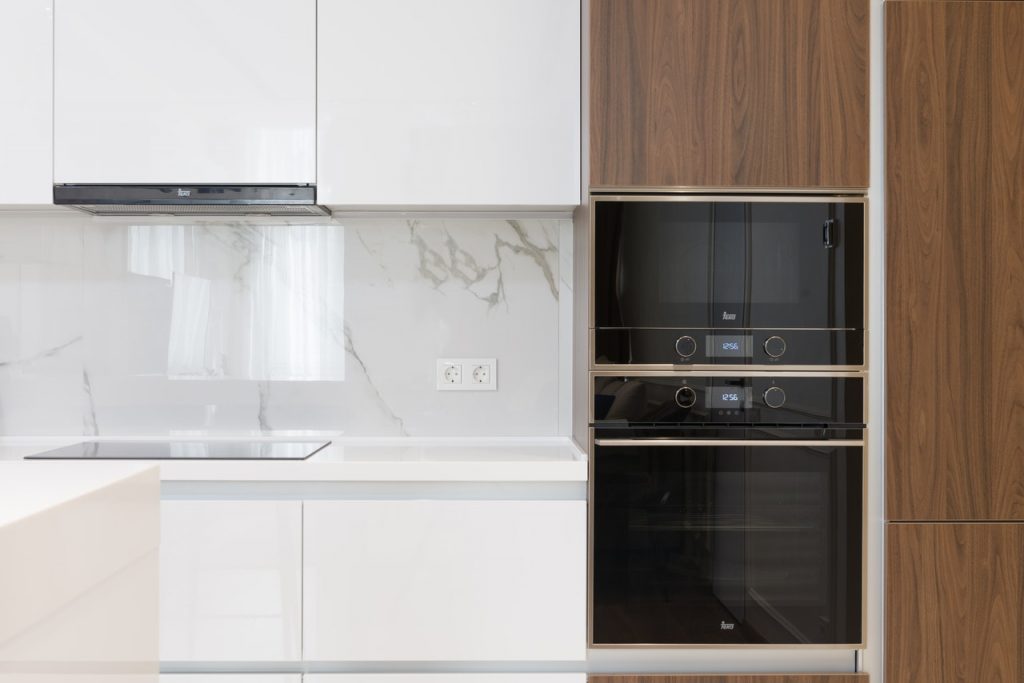
Induction cooktops have many advantages: they look great, don’t leave greasy residue on the furniture after cooking and don’t take up much space. The trouble starts when you have to clean it. What and how to clean an induction hob you will learn from the article below.
The basic principle of induction hob cleaning is regularity. All kinds of dirt not only have a negative impact on the appearance of the induction hob but also on its performance – the dirt disturbs the uniformity of heat transfer, which should heat up the pot placed on it. So you can see how important it is to clean your induction hob regularly. It is best to wipe the surface of the hob after using it. Remember that accumulated dirt will firstly be very visible on the glass plate and secondly, it will be much harder to clean it. So it is better to keep it clean than to scrub it later. How to clean the induction plate? Daily cleaning is best done with a slightly damp sponge (remember not to use the rough side!). Window cleaner and paper towel are also great for daily cleaning (again, make sure they are not too rough!). Remember to turn off the hob before cleaning!
If daily cleaning is not enough, you can use detergents designed for cleaning induction hobs, ceramic and glass surfaces. There are many of them on the market and they are not expensive. When using such a detergent, you can be sure that the induction hob will not be damaged and the dirt will be cleaned off. Choose a cream or foam detergent that will penetrate deep into the dirt but will be gentle on the glass surface. Avoid strongly chlorinated and bleaching substances, which can penetrate too deep into the plate and damage it. When cleaning your induction plate try to use paper towel, microfiber cloth or soft sponge – they will protect the induction plate from scratching. After every use of detergent you should remember to wipe the induction dry, for example with a paper towel. This will prevent stains, which are also difficult to clean after a while. Remember also to turn off the induction hob before using detergents – heated up chemicals may irreversibly damage the surface of the hob. Also try to wear rubber gloves when cleaning the induction. Detergents can be very corrosive and bad for your hands

You may need to use an induction cooktop scraper to remove old, dried-on dirt. You can easily find such accessories on the Internet. However, you must remember to use it very gently. Do not use very sharp scrapers, in order not to permanently damage the hob. Any dried food residues or melted plastic should be removed immediately.
If you don’t want to invest in detergents designed for cleaning induction hobs, you can use home solutions. The most popular one is a solution of baking soda and vinegar. All you need to do is to spray the induction hob with vinegar when it is off and cold, and then wipe it with a dry microfiber cloth. Next, you will sprinkle baking soda on the surface, dampen a sizable cloth, and spread it over the cooktop. After 15 minutes, you’ll remove the cloth and gently scrub the entire plate. Try to rinse the cloth every few moments. Repeat the whole procedure as many times as necessary. Finally, spray the plate a second time with vinegar and wipe it off with a damp cloth; wipe the plate dry with either a dry cloth or a paper towel. Vinegar will also help you to get rid of any smudges and stains that are caused by cleaning with greasy products
As you can see, cleaning an induction cooktop is not difficult at all. You just need to remember not to use rough sponges, paper towels or sharp scrapers. Your primary induction cooktop cleaner should be glass cleaner. And that, if you clean it regularly of course, should be enough. If you take care of your induction every day, you won’t have to invest in more detergents to help remove heavy dirt. Now you know what to clean your induction cooktop with!
Main Photo: Marcin Galusz/Unsplash